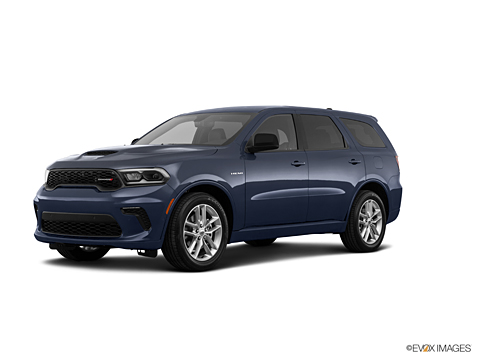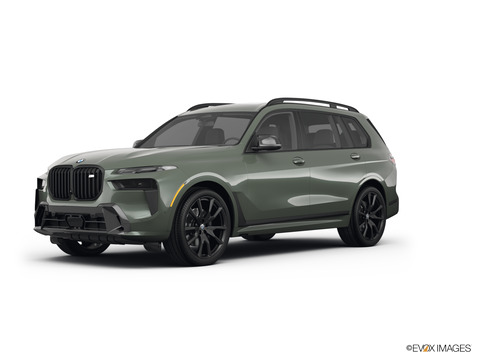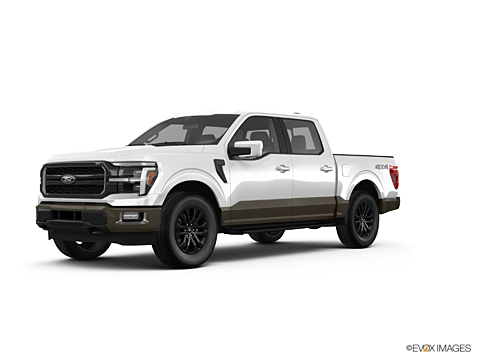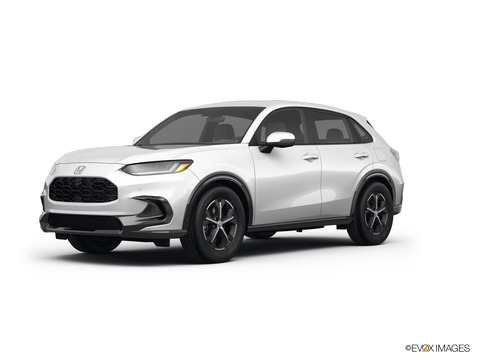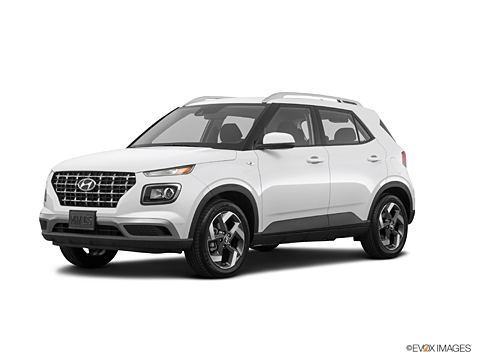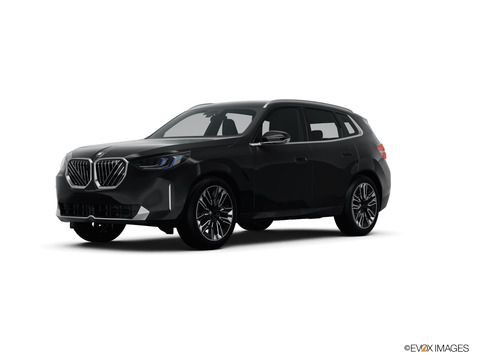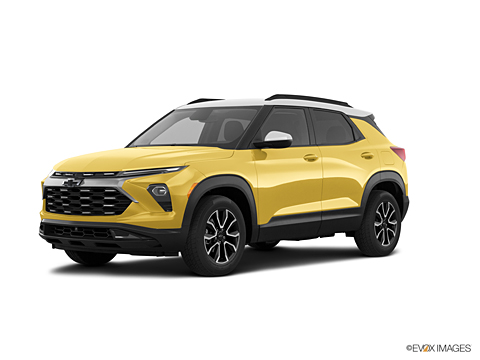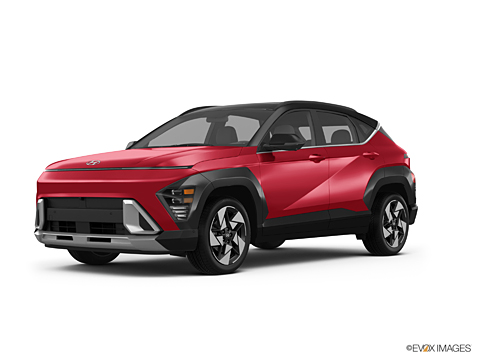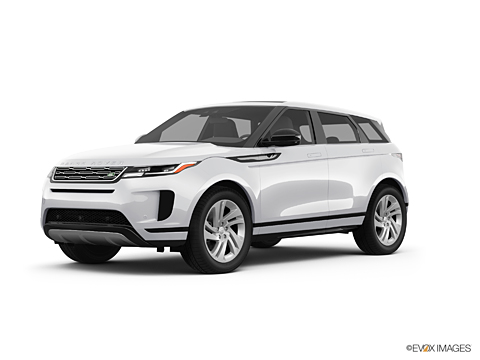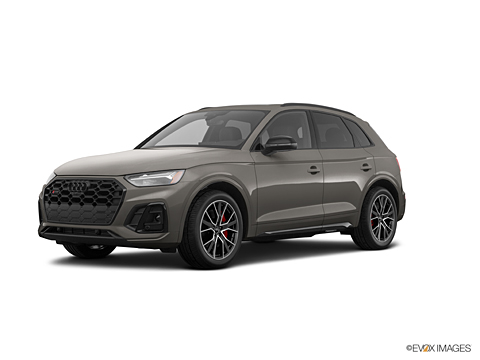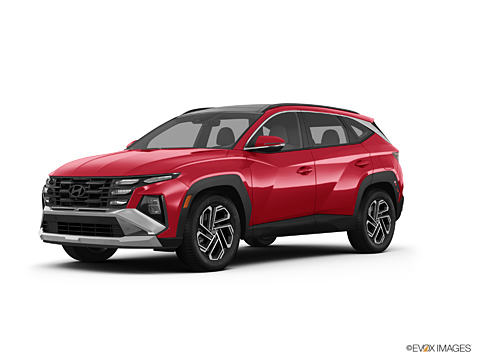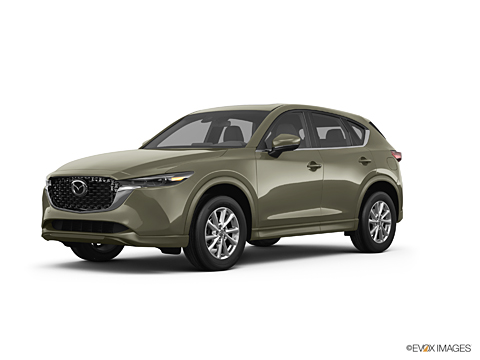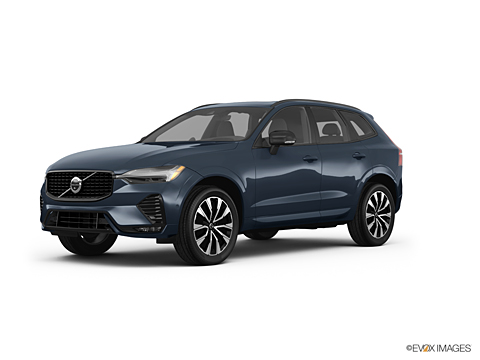
Best Performance SUVs for 2025
These are the best performance SUVs based on iSeeCars' analysis of each vehicle's power to weight ratio
The best performance midsize SUV is the Dodge Durango (7.9 weight-to-horsepower ratio), which is also the best performance crossover SUV. Topping the list for the best performance three-row SUVs is the Dodge Durango (7.9 weight-to-horsepower ratio), while the Tesla Model X ranks first for the best performance electric SUVs (5.1 weight-to-horsepower ratio).
SUVs have transitioned from work vehicles offering the practicality of cargo space and towing to popular family and luxury vehicles with advanced infotainment and audio systems. They’ve even inspired high-performance variants featuring increased horsepower, enhanced styling, and higher top speeds. These upgrades don’t transform performance SUVs and crossovers into Italian sports cars, but their rapid acceleration and sporty handling will likely surprise the average enthusiast who hasn’t yet driven one.
And while SUVs have natural disadvantages, including added weight and a higher center of gravity versus a smaller coupe or low-profile supercar, they also have the benefit of all-wheel-drive (AWD) and larger frames, with plenty of room for high-performance powertrains. Automakers have done their best to maximize these advantages, giving models like the Audi RS Q8, BMW X5 M, Mercedes-AMG GLE 63, and Porsche Cayenne Turbo a twin-turbo V8 engine, while the Dodge Durango SRT Hellcat boasts a supercharged V8. All of these SUVs have over 600 horsepower.
That kind of power can offset the increased weight carried by three-row large and midsize SUVs, and power-to-weight ratio is ultimately what decides how well a vehicle performs. iSeeCars has identified the best high-performance SUVs and organized them by size and type categories below. Within each category are SUV rankings based on power-to-weight ratio, which is a measure of an SUV’s curb weight divided by its peak horsepower. The less weight each horsepower has to carry, the better a vehicle will perform.
Vehicles with nearly identical power-to-weight ratios (within 0.1 pound per horsepower of each other) are considered a tie, with the lighter vehicle being ranked above the heavier vehicle. This means something like a larger, heavier Lamborghini Urus might appear to have a disadvantage against the lighter Alfa Romeo Stelvio Quadrifoglio. But the Urus has a better power-to-weight ratio, which means each horsepower in the Urus has to move less weight than in the Stelvio.
It’s important to remember that as an SUV’s on-road specs and capabilities improve its off-road capabilities, in general, decline. Something like a Ford Bronco or Jeep Wrangler may deliver impressive performance when climbing rocks, but their on-pavement speed and handling won’t threaten any Ferraris. Conversely, an on-road performance-oriented model like the Land Rover Range Rover Sport, Porsche Macan Turbo S, or Porsche Cayenne Turbo GT, will amaze your friends with its acceleration and handling, but it shouldn’t tackle the Rubicon Trail. Or any trails, really.
Browse the ranking below to see the best performance SUVs from the last 5 model years. New car and used car pricing is provided for each model, along with mpg ratings, or range info for electric SUVs like the Tesla Model X. This page includes Asian, American, and European SUVs from every price category. This includes high-performance luxury SUVs like the Aston Martin DBX707, Bentley Bentayga, Maserati Levante Trofeo, and Mercedes-Benz G63.

How We Rank These Cars
The best performance cars rank vehicles by their weight-to-horsepower ratio.
The weight-to-horsepower ratio is calculated based on a vehicle's curb weight and horsepower at the trim level - the less weight one horsepower has to pull, the better performance a vehicle can provide. For cars with a ratio within 0.1 of each other, lighter vehicles always have the advantage in performance and are ranked to reflect that. For each vehicle, we also show the iSeeCars Score which rates the overall quality of a vehicle.
The iSeeCars Score is an analysis of three factors: reliability, resale value and safety. It is calculated based on the latest research and analysis by our data science team. The data analysis comes from over 12 million new and used vehicles in our Longest-Lasting Cars and 5-Year Depreciation Studies, combined with NHTSA and IIHS Safety Ratings.
Vehicles are scored in three categories:

Reliability
The reliability score represents an analysis of iSeeCars' proprietary research on the longest-lasting vehicles.

Value Retention
The value retention score is based on our data science team's statistical analysis and prediction of 5-year depreciation from MSRP to determine which cars hold their value best, using US Bureau of Labor Statistics data to adjust for inflation.

Safety
The safety score is calculated based on the last five years of crash test ratings from the National Highway Traffic Safety Administration (NHTSA) and incorporates the latest Top Safety Pick information from the Insurance Institute for Highway Safety (IIHS).


